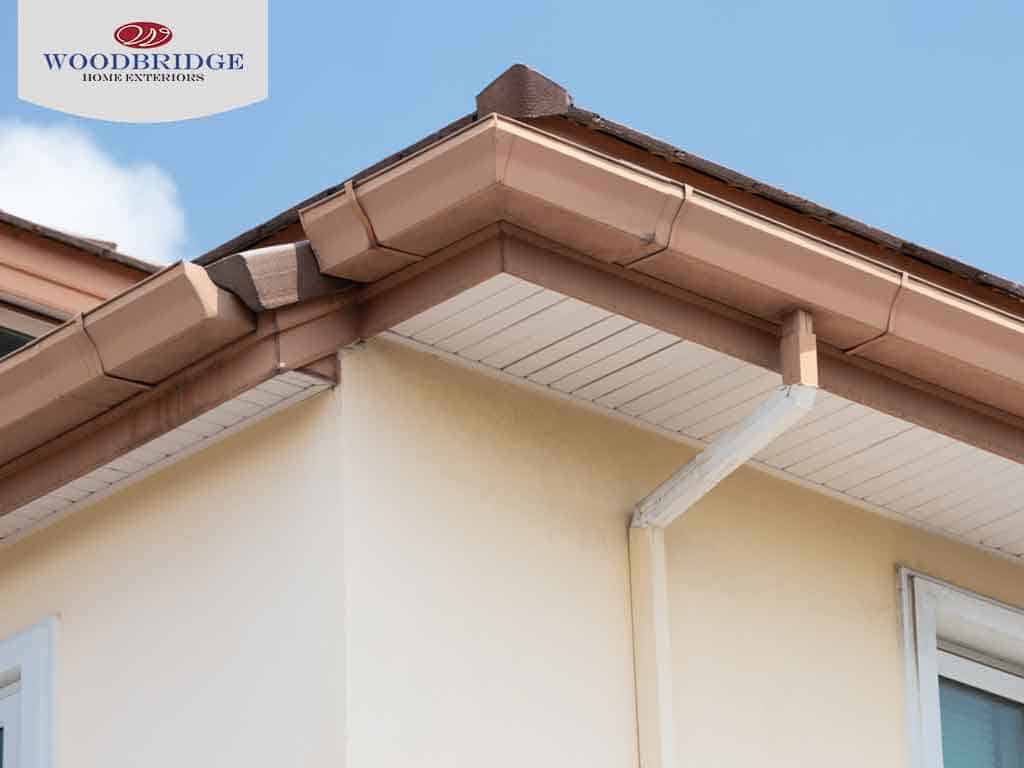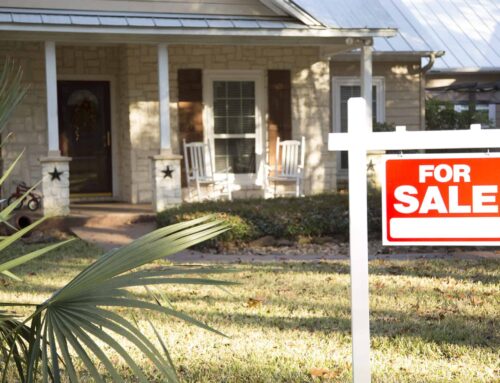
Soffits and fascias are two of a home’s most important exterior components. They are integral features that help roofing systems function well while imparting the beauty and elegance of a residential property’s architectural style.
In today’s post, Woodbridge Home Solutions, the local source of soffits and fascias, discusses the differences between the two.
Contents
Contents
What Are Soffits?
Soffits are the flat, horizontal material covering the underside of the roof’s overhang. It is often used in the area beneath the eaves on the home’s exterior to close the space beneath, spanning the side of the structure to the edge of the eave. Often peppered with holes or slits, they play an important role in keeping the attic well-ventilated.
What Are Fascias?
Fascia is a board that runs through the structure from one end to the other, providing a barrier between the roof’s edge and the outside. In terms of aesthetics, fascias offer a smooth appearance for a home’s roofline. In terms of functionality, they protect the entire roofing system from weather damage. They are also used to attach gutters and drain pipes.
Materials Used For Each
Some of the materials used for soffits and fascias are likewise found in the framing materials of most replacement windows. For instance, soffits are available in vinyl and aluminum, with colors to match the home’s siding. Fascias are often made of wood, although other materials like plastic and aluminum are also found on the market.
Fascias vs. Soffits: Which Is More Durable?
Soffits are more vulnerable to the elements than the fascia and possibly the other exterior components of the home. They are often exposed to water run-off caused by damaged gutters and shingles. Plus, animals like birds and squirrels use them as nesting grounds. Replacing them is necessary, especially if they show signs of rot.
At Woodbridge Home Solutions, we only use the best soffit and fascia for homeowners in our community. We can also be trusted for new windows, siding, and doors.





